If you’ve ever strolled through a bustling market in Bangkok, scrolled through Instagram boutiques, or been stopped by a whispering vendor in Florence saying, “Madam, Hermès?”, then you’ve likely encountered the intriguing world of “Mermès.”
Yes, you read that right. Mermès. It’s not a typo. It’s a phenomenon.
As I drive the Bentley in my silk Hermes scarf, does it occur to me that I am wearing a dupe?

The Rise of Mermès: Not Quite Hermès
Let’s set the stage. Hermès—the Parisian pinnacle of craftsmanship. The waiting list for a Birkin can span years. Celebrities flaunt them, stylists obsess over them, and collectors insure them. The average cost? Anywhere from $10,000 to $150,000, depending on leather, hardware, and scarcity. It’s a symbol of luxury and status.
Enter Mermès. The bags that look just close enough, feel just nice enough, and cost just affordable enough to turn heads on the street but not drain a mortgage account. These aren’t official replicas, but they borrow every ounce of aesthetic energy from the French original.
And most of them? Made in China.
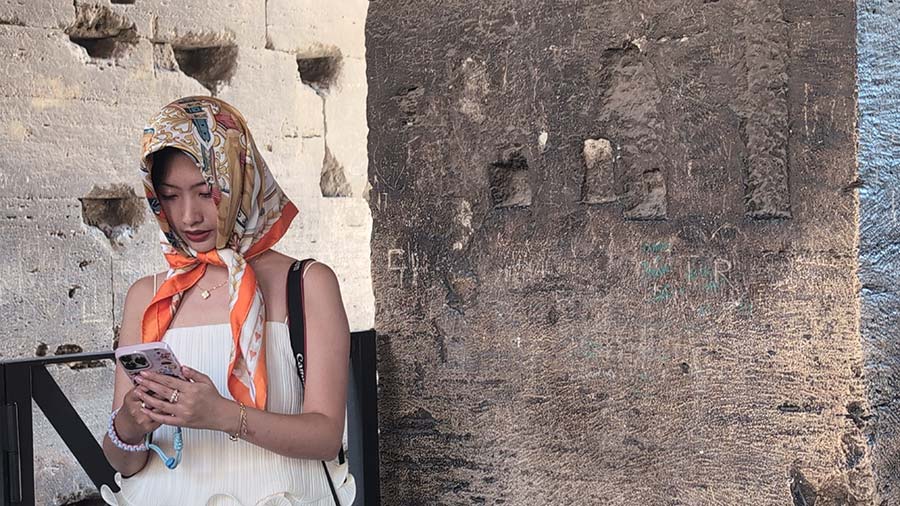
Are Mermès Bags Made in China?
Yes. The majority of these bags—whether outright fakes, high-quality replicas, or “inspired” designs—are manufactured in China. Often in factories located in Guangdong, Shenzhen, or Zhejiang. These manufacturers have perfected the art of mimicry, some even crafting handbags that fool the untrained eye and sometimes, the trained one too.
China’s manufacturing prowess is undeniable. But when it comes to luxury, it’s not just about shape and stitching—it’s about heritage, leather sourcing, tanning, and artisanal patience. Hermès bags take 18 to 24 hours to make. One bag. One artisan. In France.
Compare that with a Mermès? Minutes. Several hands. Synthetic leather. No paperwork. No waitlist. No Champagne in Paris with your personal stylist.
What’s the Appeal of a Mermès?
-
Affordability: A Mermès bag costs between $50 and $300 depending on the quality.
-
Style Mimicry: The silhouette, strap, twist lock, and even the orange packaging are strikingly similar.
-
Social Media Appeal: Zoomed-out photos look the same. Your Instagram followers might not know the difference.
-
No Judgment Zones: Markets in Asia, fashion TikTokers, and budget influencers embrace the “dupe” culture.
For many, a Mermès is an entry into the luxury dream—minus the bank-breaking bill.
China’s Role in Luxury (and Dupes)
China isn’t just the factory of the world. It’s also one of Hermès’ most profitable markets. But it plays both sides.
-
Luxury Consumer Powerhouse: Chinese customers account for over 30% of Hermès’ global sales.
-
Skilled Counterfeiting Networks: The same supply chains that manufacture for mid-tier European brands are often repurposed to produce knockoffs by night.
Some of the “Mermès” bags use genuine leather, mimic heat stamps, and even copy serial codes. It’s a booming underground industry worth billions. Alibaba and WeChat storefronts help fuel this silent fashion insurgency.
Can You Tell the Difference?
Oh yes—if you know what to look for:
-
Leather: Hermès uses Togo, Clemence, or exotic skins, which age beautifully. Mermès uses PU or low-grade cowhide.
-
Stitching: Saddle stitching by hand vs. machine-perfect and sometimes fraying threads.
-
Hardware: Hermès hardware is dipped in gold or palladium; Mermès uses painted metal that chips.
-
Smell: Hermès smells like a leather boutique in Paris. Mermès? Think glue and plastic with a top note of disappointment.
That said, some superfakes have gotten very convincing. There’s even a black market in authentication, where “rep specialists” offer $50 services to check whether your Mermès has crossed the uncanny valley.
The Ethics: Is It So Wrong?
Some would say yes.
Hermès represents heritage, integrity, and the finest standards in leathercraft. Every fake or inspired copy chips away at that legacy. It also fuels intellectual property theft and often involves exploitative labor practices.
But others argue that fashion should be democratized. That price shouldn’t be a gatekeeper for style. That Hermès—with its exclusivity—has made itself unattainable for most. And so, the market simply responds.
Still, the line between “inspired” and “illegal” is as thin as the piping on a Birkin’s handle.
Chinese Luxury Brands Are Rising
Ironically, as China mass-produces dupes, it’s also fostering its own luxury renaissance. Brands like:
-
Icicle: Minimalist, eco-conscious, and entirely made in China.
-
Nēiwai: Luxury loungewear with global appeal.
-
Shiatzy Chen: Dubbed the “Chanel of Taiwan” with haute couture leanings.
These brands prove that China is not just a copycat economy. It’s innovating, designing, and crafting its own luxury narrative.
Why Hermès Doesn’t Manufacture in China
Hermès guards its brand like Fort Knox. It keeps all manufacturing in France, with a few ateliers in Switzerland and Italy. Why?
-
Control: Every artisan is trained for years.
-
Heritage: “Made in France” is part of the mystique.
-
Exclusivity: They don’t want scalability. They want scarcity.
This is why you won’t find a real Hermès bag made in China. If you do? Run.
Can You Buy an Affordable Hermès?
Yes—sort of.
Pre-loved Market
Sites like:
-
Vestiaire Collective
-
Rebag
-
The RealReal
…offer authenticated Hermès bags at slightly less eye-watering prices. A gently used Birkin might start at $7,000.
Hermès Mini Accessories
Scarves, key charms, and beauty items like lipsticks (yes, they make makeup) start at $60. It’s the lowest tier of entry into the Hermès world.
But Beware
Some Mermès bags are passed off as the real deal. Especially on Instagram or Facebook Marketplace. Always demand receipts, authentication cards, and serial code confirmation. Better yet, get a second opinion from an expert.
Final Thoughts: Mermès or Hermès?
Mermès bags, undeniably made in China, serve a market that wants the look without the wait, cost, or ceremony. For some, it’s playful. For others, it’s a fashion crime.
But in the end, it’s about intention. If you knowingly buy a Mermès for style? That’s your call. If you’re being scammed into thinking it’s Hermès? Run for the hills and call your bank.
As for me? I’ll take the Mermès to the beach and the Hermès to Paris Fashion Week. Both have their place—just not in the same wardrobe.



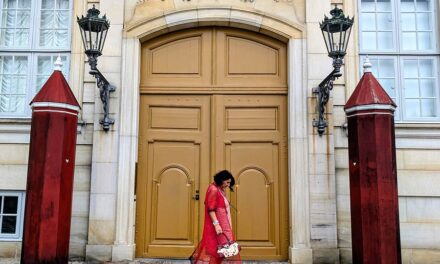
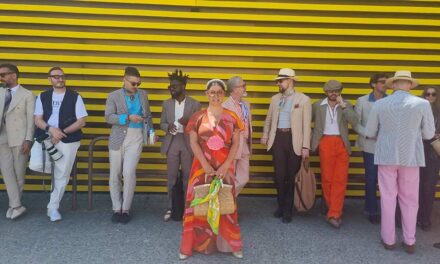


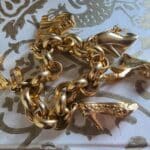

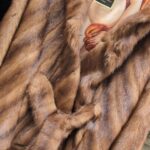






You must be logged in to post a comment.